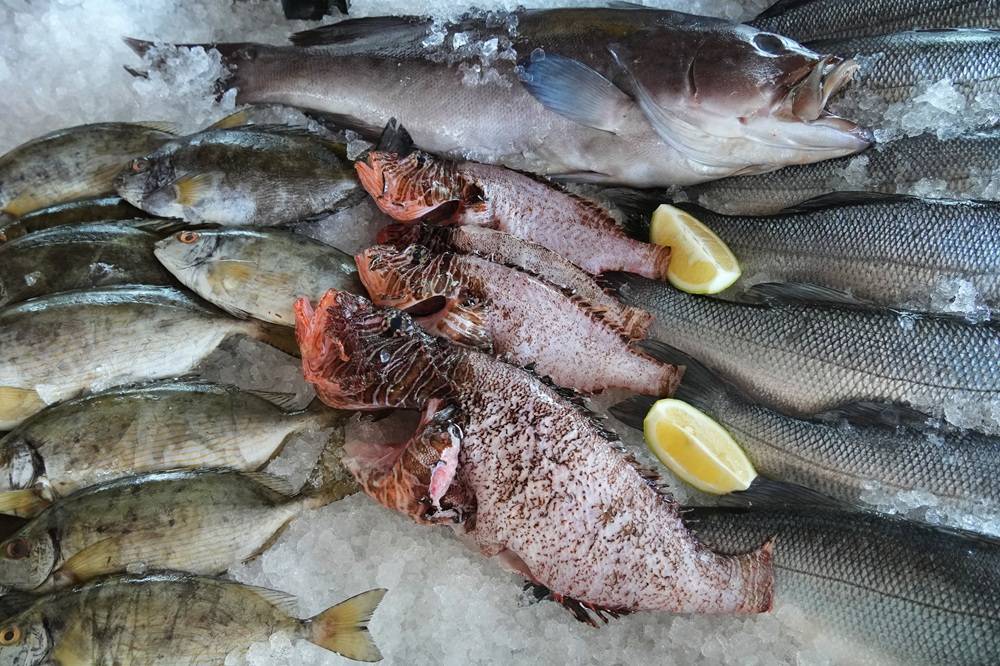On Monday lunchtime, a steady trickle of people wandered into the gift shop of the National Gallery in the British capital, browsing souvenirs to mark their first visit to a museum since Britain started emerging from lockdown.
Staying socially distanced, visitors glanced around the racks that held National Gallery umbrellas, National Gallery gin and National Gallery pencil cases. But many were quickly drawn to the museum’s range of face masks.
“They’re really cool,” said Jessica Macdonald, a 16-year-old student, as she grabbed one featuring Vincent Van Gogh’s “Sunflowers,” on sale for 9.50 pounds, about $12. “My mum’s been trying to find nice ones for ages so we don’t have to wear these,” she added, pointing at the blue medical mask she was wearing.Lorna May Wadsworth, 40, an artist, also bought a mask, featuring a floral painting by Ambrosius Bosschaert the Elder, despite saying that with her highly patterned outfit it made her look “like a Christmas tree.”
The masks have been some of the gift shop’s biggest sellers since the museum reopened on July 8, said Yumi Nakajima, a store assistant. Although not everyone was impressed. Alison Ripley, 66, said she thought that the floral choices were tame.
As museums start to reopen in Europe and the United States, and many countries require people to wear masks to halt the further spread of the coronavirus, masks on sale at gift shops are likely to become a frequent sight. The British government said on Tuesday that masks would have to be worn in shops in England, with fines handed out to those who refuse. (Museums were not expressly included in the new mask regulations. The National Gallery has asked visitors to wear them but is not enforcing the rule.) The same day, in France, President Emmanuel Macron said that masks would soon have to be worn in all enclosed public spaces.
In the US, many states have face-covering orders in effect that, in general, require people to wear masks in public places where distance cannot be maintained.
Judith Mather, the National Gallery’s buying director, said in a telephone interview that the decision to sell masks was quite a last-minute decision. In June, she said, she was in a supermarket, and, “I was looking around at people and their masks looked so surgical and so ugly,” she said. “I just thought some art would be really different and striking.”
For the Metropolitan Museum of Art in New York, there’s also been a financial incentive. Leanne Graeff, a senior manager in the museum’s product development team, said in a telephone interview that masks were an easy way for people to give money to museums. The Met is already selling four masks online, featuring impressionist paintings and New York scenes, and a larger range is expected when the museum reopens in late August.
Mask designs at museums vary widely. The Uffizi in Florence has stamped its logo all over its masks, reminiscent of the way Italian fashion houses do the same on handbags. The Tate, which runs several museums in Britain, has prepared a range of masks that feature paintings such as Turner’s “The Lagoon near Venice, at Sunset.”
The museum that has arguably had the most success in selling face masks so far is the Klimt Villa in Vienna, a museum housed in one of Gustav Klimt’s former studios. In March, the museum had to close when Austria went into lockdown, according to Baris Alakus, the museum’s director, and it was soon in desperate need of money. “We’re a private museum so we don’t get any support from the government,” Mr. Alakus said. “It was a very critical situation.”
Then Brigitte Huber, a fashion designer and Klimt’s great-granddaughter, suggested making masks to help raise funds. She came up with a simple navy design with a touch of white embroidery reminiscent of Klimt’s paintings, and made them out of the same material used to make his painting overalls.
The museum, which reopened in May, has sold over 6,000 so far, at 20 euros each, about $23. “With the money, we’ve paid all the bills,” Mr. Alakus said.
Not every museum is selling masks to raise money for their own operations. The Stedelijk art museum in Amsterdam is selling masks designed by Carlos Amorales, a Mexican artist whose exhibition at the museum was suspended by the pandemic. The masks feature a mothlike creature that moves when the wearer breathes in or talks, and the profits are being used by Mr. Amorales to make masks for Mexican street workers.
The Stedelijk might commission more artists to design masks, said Rein Wolfs, the museum’s director, in a telephone interview. “It’s a perfect opportunity when artists are struggling,” he said.
The Rijksmuseum in Amsterdam has also teamed up with a charity for its face masks, which — somewhat bizarrely — feature a wide-eyed self-portrait by Rembrandt. “Since this is a face mask, we thought we should put a face on it,” Philine Hofman, the head of the museum’s shop, said in a telephone interview. “We thought, ‘If you have to wear it, let’s at least have some humor to it,’” she added.
In the National Gallery in London on Monday, several visitors said they liked the idea of more unusual mask designs.
Sue Bucknell, 72, said that she and her husband had seen a good potential image for a mask while touring the museum: Gerrit van Honthorst’s 17th-century painting of Saint Sebastian pierced by arrows. “He’s meant to prevent plague so I thought that’d be appropriate,” Ms. Bucknell said, laughing. “It’s like saying, ‘Keep away!’”
Despite that idea, she bought the “Sunflowers” mask. It was better than her existing boring masks, she said. “And it supports the gallery, which clearly needs it right now,” she added, waving her hand in the direction of the museum’s half-empty rooms.
The New York Times










